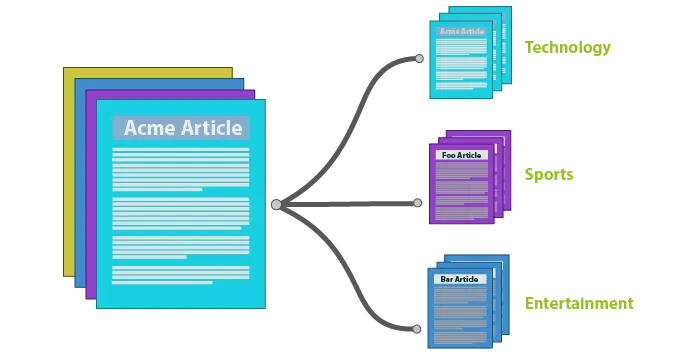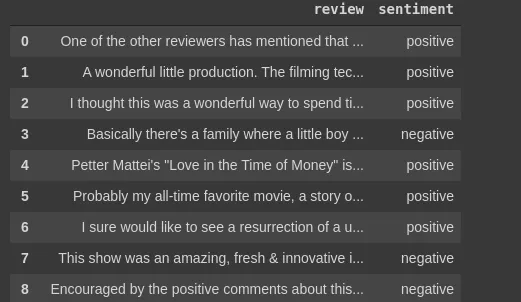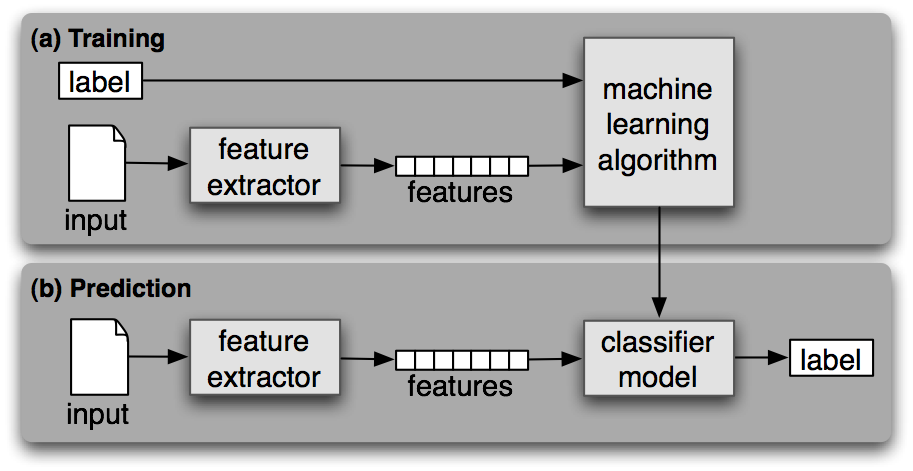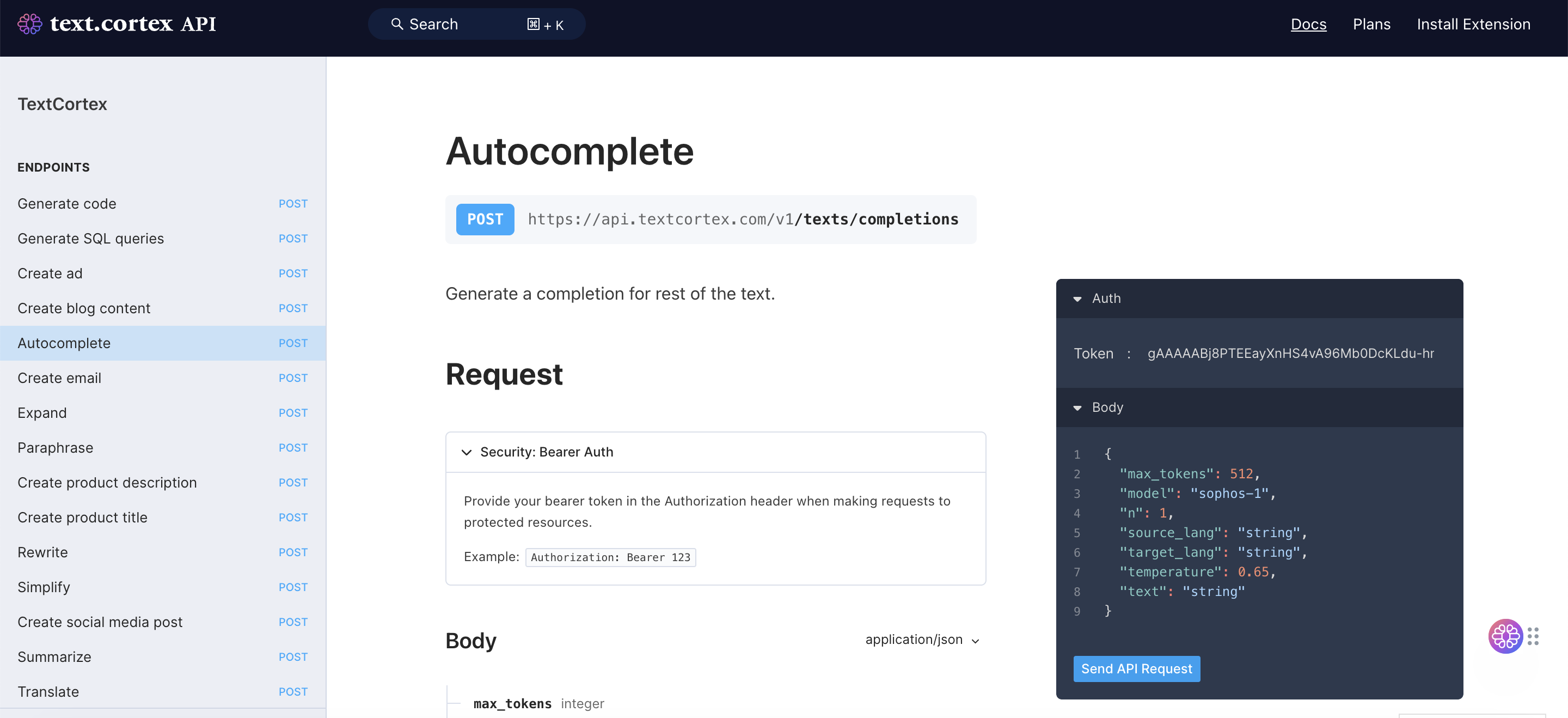Text classification is a machine learning technique that assigns a set of predefined categories to open-ended text.
What is Text Classification?
Text classifiers are powerful tools for sorting, ordering and labeling any kind of text - from documents, medical studies and files to content on the web.
For example, news stories can be sorted according to their subject; support tickets can be classified by how urgent they are; chat conversations can be categorized by language; brand mentions can be split up with respect to sentiment; and many more applications.
Text classification is an essential task in natural language processing and it has a wide range of uses such as sentiment analysis, topic identification, detecting spam and recognizing intent.
Why is Text Classification important?
It is believed that a large portion of data (about 80%) is unstructured, with text being one of the most frequently seen forms. As text can be disorganized, comprehending it, categorizing it and processing it can be difficult and time-consuming.
Thus, many corporations do not make the most out of this kind of material. This is where machine learning comes in to play a role with text classification; organizations are able to structure all kinds of important information from emails, chatbot conversations, legal papers and surveys swiftly and economically.
Enterprises can benefit from utilizing text data analysis, automating their business operations, and making informed decisions based on the data.
Popular Use Cases For Text Classification
There are many benefits of using Text Classification APIs. One of the main benefits is that they can help automate the process of classifying text, saving time and effort. This can be very useful when dealing with large amounts of text data.
Text Classification APIs can also help improve the accuracy of text classification, as they are typically powered by advanced algorithms and machine learning. Additionally, these APIs can help filter out irrelevant text, making it easier to find relevant content. Finally, they can help identify the sentiment of text, making it easier to gauge how people feel.
Classifying news articles and blogs
A further potential application of machine learning is to use it to sort text documents into pre-determined categories. This involves training a supervised model on data which has been labeled with the raw text and the target. After the model is trained, it can be used in real-world scenarios to assign labels to new, unseen documents such as articles or blog posts that are created in the future.

Categorizing customer support requests
A company might use text classification to automatically categorize customer support requests by topic or to prioritize and route requests to the appropriate department.
Spam classification
Text classification has many practical applications in different industries. A classic example of this is an email spam filter, which uses text classification to differentiate between spam and legitimate emails.
Sentiment analysis
Text labeling and sentiment evaluation are widely employed machine learning tasks, which are utilized in many applications such as product forecasts, film recommendations, and more.

Approaches For Text Classification Systems
Text classification systems can generally be divided into three categories: rule-based, machine learning-based and hybrid systems.

Rule-Based Text Classification
Rule-based techniques employ a set of handcrafted language rules to assign texts into distinct groups or classes. These regulations inform the system to designate text as part of a certain category depending on its content by using semantically associated textual components.
Each rule is composed of an antecedent or pattern and an assigned group. For instance, if you want to allocate a large number of new articles into categories such as Sports, Politics etc., you could use a rule-based classification system.
You would have to review some documents manually to devise linguistic rules like this one:
If the document has words like money, dollar, GDP or inflation it belongs in the Economics class.
Rule-based systems, while comprehensible to people, require an abundance of knowledge in the area and are time-consuming to set up. Additionally, they are hard to uphold as the addition of new rules can influence the results of old ones, making it difficult for them to expand.
Machine learning-based text classification
Text classification using machine learning is a supervised learning task. It creates an association between the input data (raw text) and the labels (also known as target variables).
This is like non-text classification problems where a supervised algorithm is used on a table dataset to anticipate a class, except that in text classification, the input data consists of raw text rather than numerical features. Just like any other supervised machine learning, text classification has two stages: training and prediction.

Hybrid Systems
Hybrid systems join together a machine learning-trained base classifier and a rule-based system to further refine the outcomes. These hybrid systems can be tweaked with the addition of specific rules for those tags that were not accurately depicted by the base classifier.
TextCortex Text Classification API
You can make use of the "Completion" endpoint to submit arbitrary prompt data and receive a completion for it. This technique can be employed to handle other tasks such as text classification or sentiment analysis exploration as discussed in this article.

Sentiment Analysis on Hotel Reviews
Let's imagine a sceneario where you would like to run a sentiment analysis on your hotel reviews. And One example would be sending a prompt in text field as in:
Run a sentiment analysis on the following sentence. Answer with relevant categories and the respective sentiment for the categories.
Sentence: 'I really like the cleanliness of the room however, the bathroom was so dirty and food was not bad.'
The generated response from providing this arbitrary prompt will resemble the following example:
"text":
Cleanliness: Positive
Bathroom: Negative
Food: Neutral
That is how you can make use of our completion endpoint to send arbitrary prompt requests and use it in text classification.

%20(21).png)
%20(7).png)
%20(6).png)
%20(5).png)